Meet the children of Elmwood
Who are the Children of Elmwood? And which ones should you follow? This guide will help you choose.
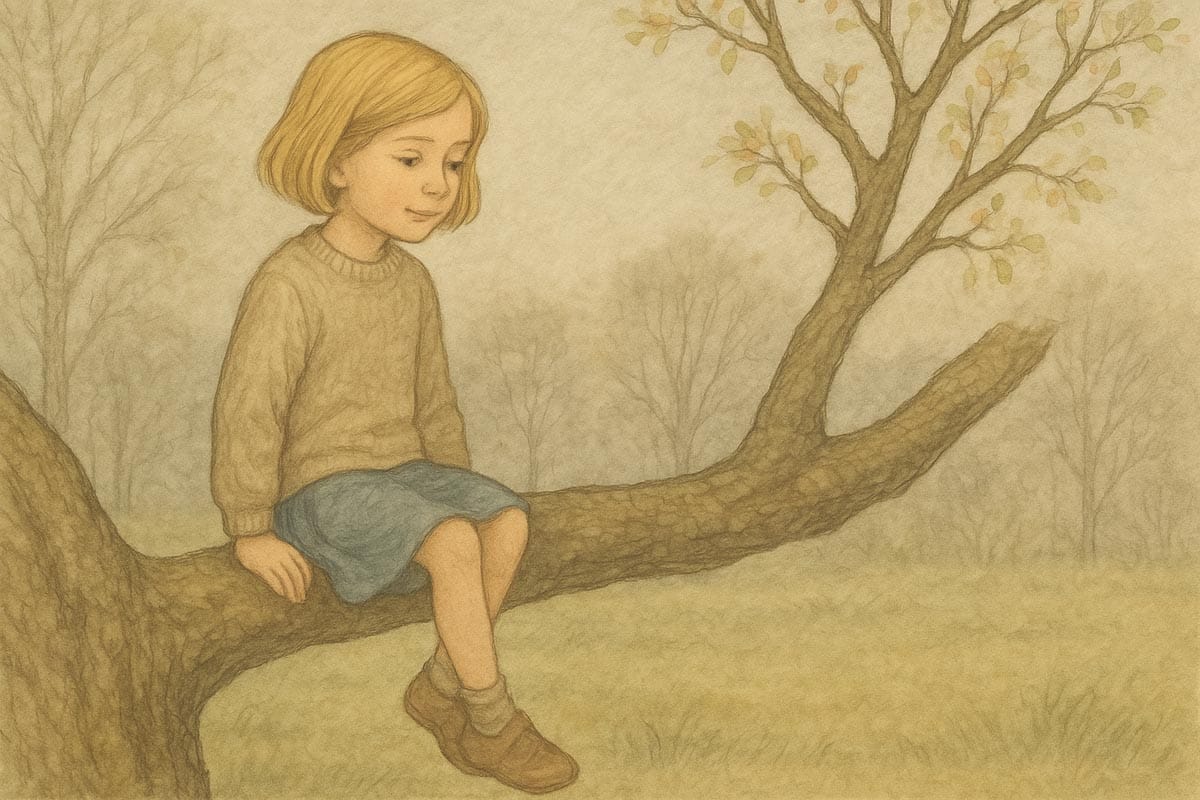
Have you ever noticed how your child seems like a completely different person depending on who she's with?
With Grandma, she's chatty and confident, sharing elaborate stories about her day. With her older cousin, she becomes quiet and watchful, absorbing everything. At the playground with friends, she transforms into a natural leader, organising games and settling disputes.
Which one is the real child?
They all are.
This is why a school report or assessment can never capture the full picture of who your child is. Children aren't fixed beings that we can simply measure and categorise. They're dynamic, relational creatures who grow and reveal themselves differently depending on the people, places, and circumstances around them.
Your child's thinking doesn't just happen inside her head - it emerges through her relationships, her environment, the rhythm of her days. She becomes more capable when she feels understood, more creative when she feels safe, more confident when she's supported by familiar routines and trusted adults.
This is why knowing your child means knowing her world - the people who love her, the places where she plays, the community that shapes her days.
And this is why we're going to Elmwood.
Meet your guides
In the past, I created courses for toddlers, for preschoolers and for the over 5s. People seemed to like them - but I couldn't shake the feeling that the material was too compartmentalised. We covered topics in isolation. There was no continuity.
But here in Elmwood, you won't just read about child development in the abstract. You'll follow the children through real days, watching how they develop the skills that matter - from first grasps to confident writing, from babbling to storytelling, from solitary play to collaborative problem-solving.
When you see Sam carefully arranging materials for his cardboard castle construction, you'll understand how fine motor skills, spatial reasoning, and planning abilities develop together through purposeful play.
When Yuki sorts her shell collection by size and colour while chatting about where she found each one, you'll witness how early mathematical thinking emerges naturally alongside language development.
When Alice reads a story to her younger brother Sam, sounding out tricky words and explaining the pictures, you'll see how literacy skills become tools for connection and teaching others.
This is how real learning happens - not through isolated exercises, but through meaningful activities embedded in relationships and daily life.
Six companions for your journey
Each of the six central characters in Elmwood represents a key stage in your child's journey from baby to pre-teen. They're not perfect children or model families - they're real, recognisable, and wonderfully ordinary.
You'll meet:
- Ben, our baby (0-12 months)
- Yuki, our toddler (1-3 years)
- Sam, our preschooler (3-5 years)
- Alice, our infant school child (5-7 years)
- Raj, our junior school child (7-11)
- Daisy, our Year 6 child (11), about to begin secondary school
By following the child closest to your child's age, you'll see the world through her eyes - her patterns of play, her social and emotional milestones, and the gentle rhythm of her growth.
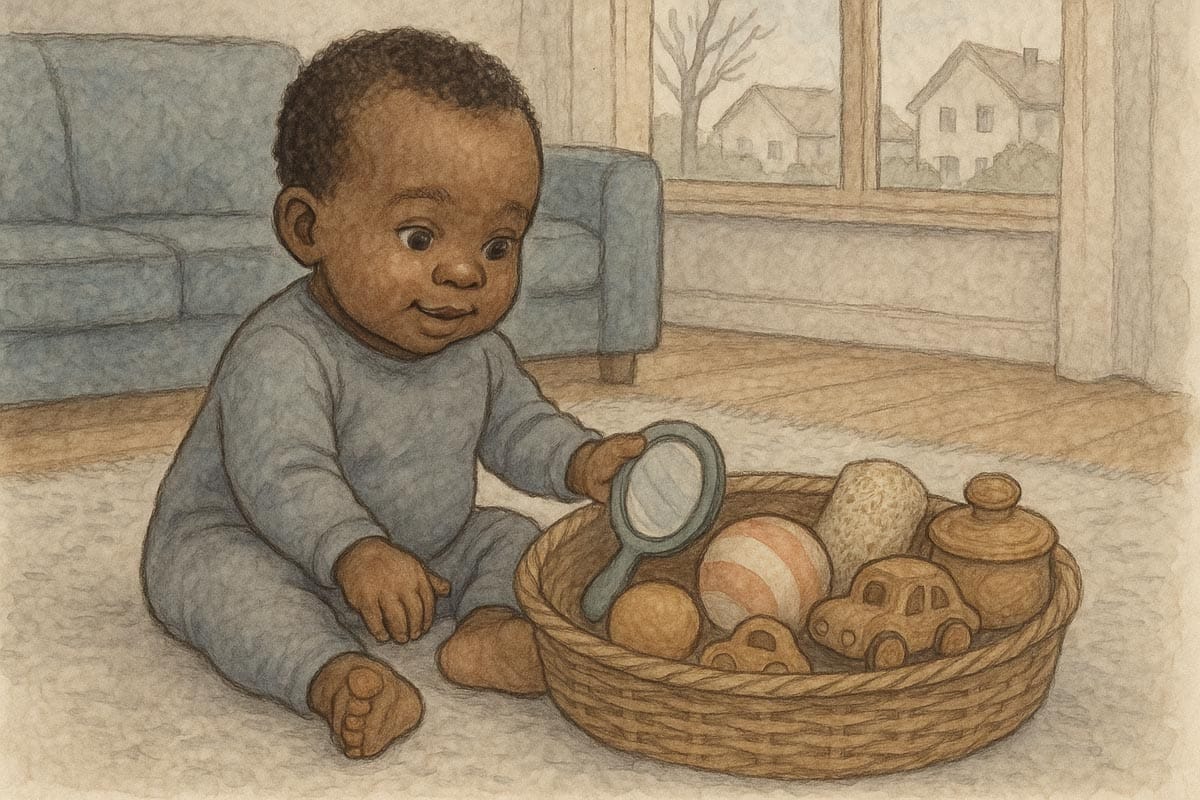
Ben (0-12 months)
Lives on Coniston Lane with his parents
Ben is just beginning to understand the world through movement and touch. He mouths, pats, shakes, and reaches, gradually discovering cause and effect. His days are full of bath-time splashing, peekaboo games, and the slow magic of learning that things exist even when he can't see them.
When you follow Ben, you'll see responsive caregiving in action, early play patterns emerging, and those first magical moments of communication.
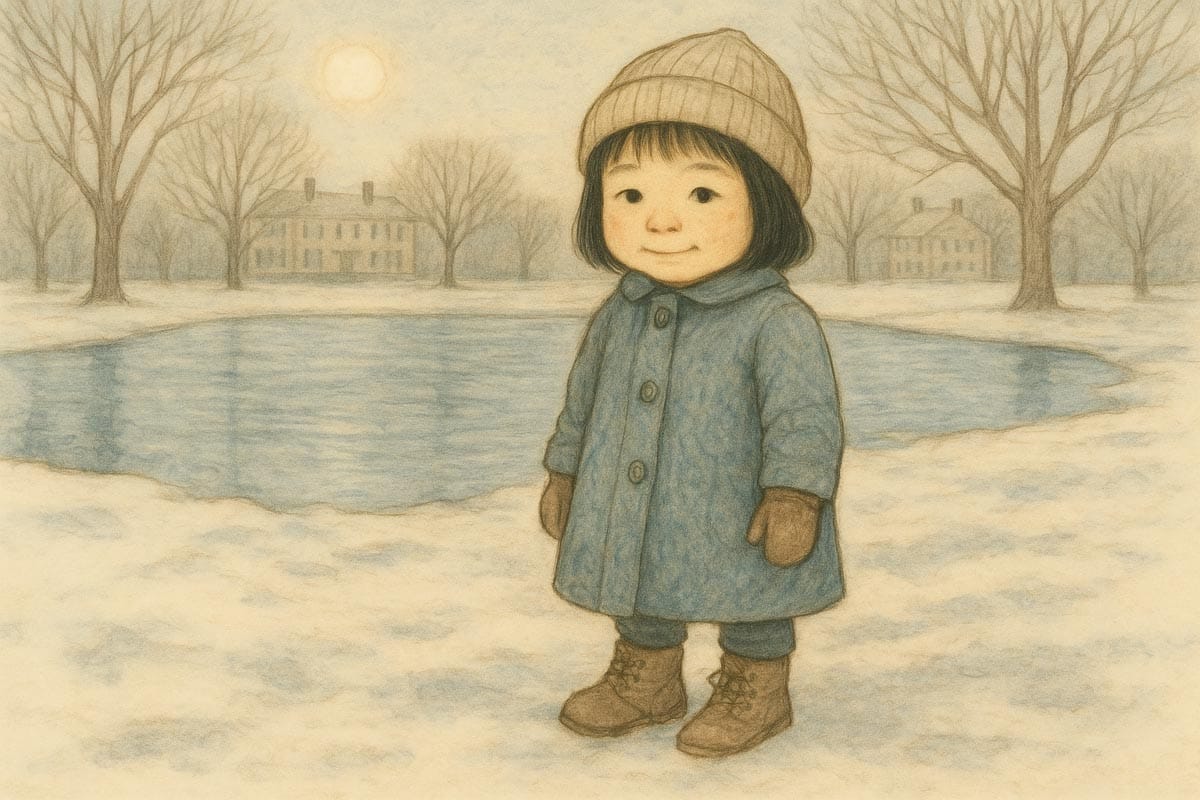
Yuki (2 years 6 months)
Lives on Windermere Road in a bilingual household
Yuki is an independent experimenter with a strong sense of self. She insists on doing things her own way, often absorbed in transporting toys from room to room, carefully arranging her collection of shells, or lining up her books in precise rows. Her emotional world is big, and her words are catching up. She loves puddles, bugs, and the rhythm of repetition.
When you follow Yuki, you'll see play schemas in full bloom, big feelings navigated with support, and language flowering in beautiful, surprising ways.
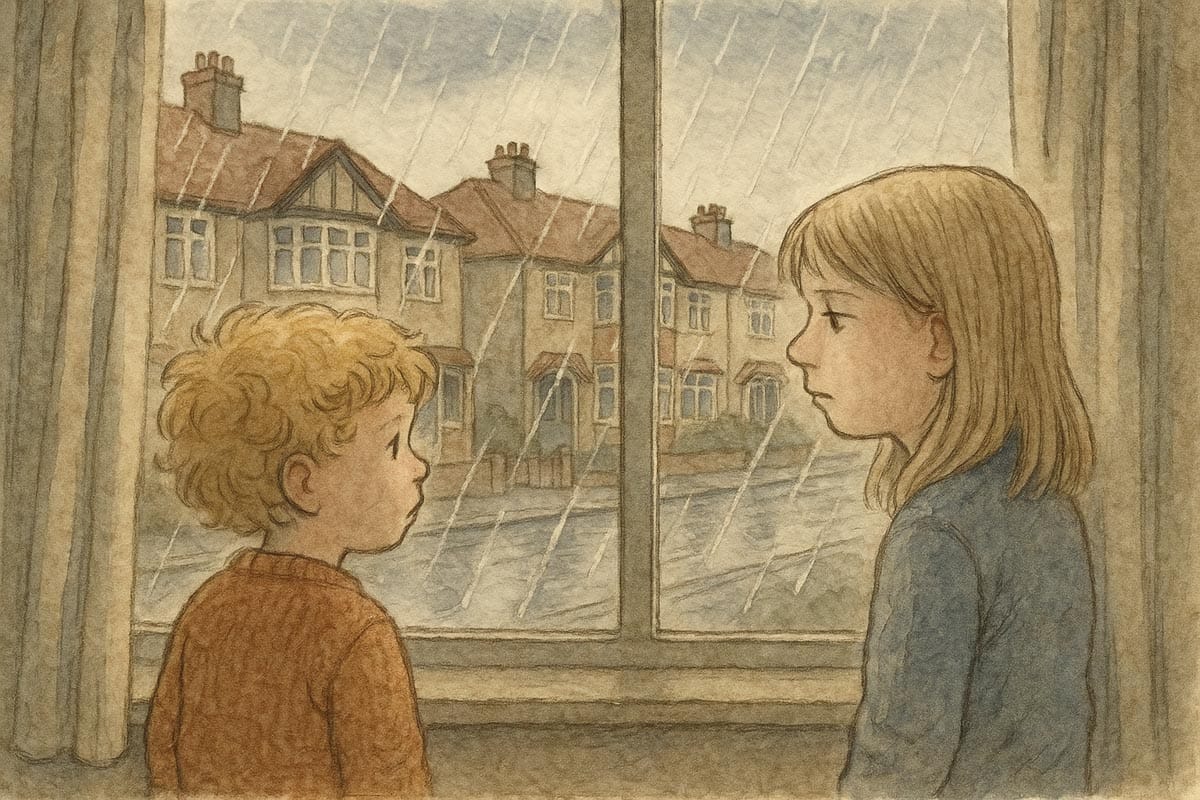
Sam (3 years 8 months)
Lives on Waterfall Lane with his parents and big sister Alice
Sam builds worlds. One week he's a vet healing all the neighbourhood cats, the next he's inventing a robot that waters the garden. His bedroom is filled with cardboard constructions and his speech is peppered with big ideas. He's curious, sensitive, and just learning how to collaborate with peers.
When you follow Sam, you'll see imaginative play taking flight, early literacy emerging naturally, and the tender work of learning to be a friend.
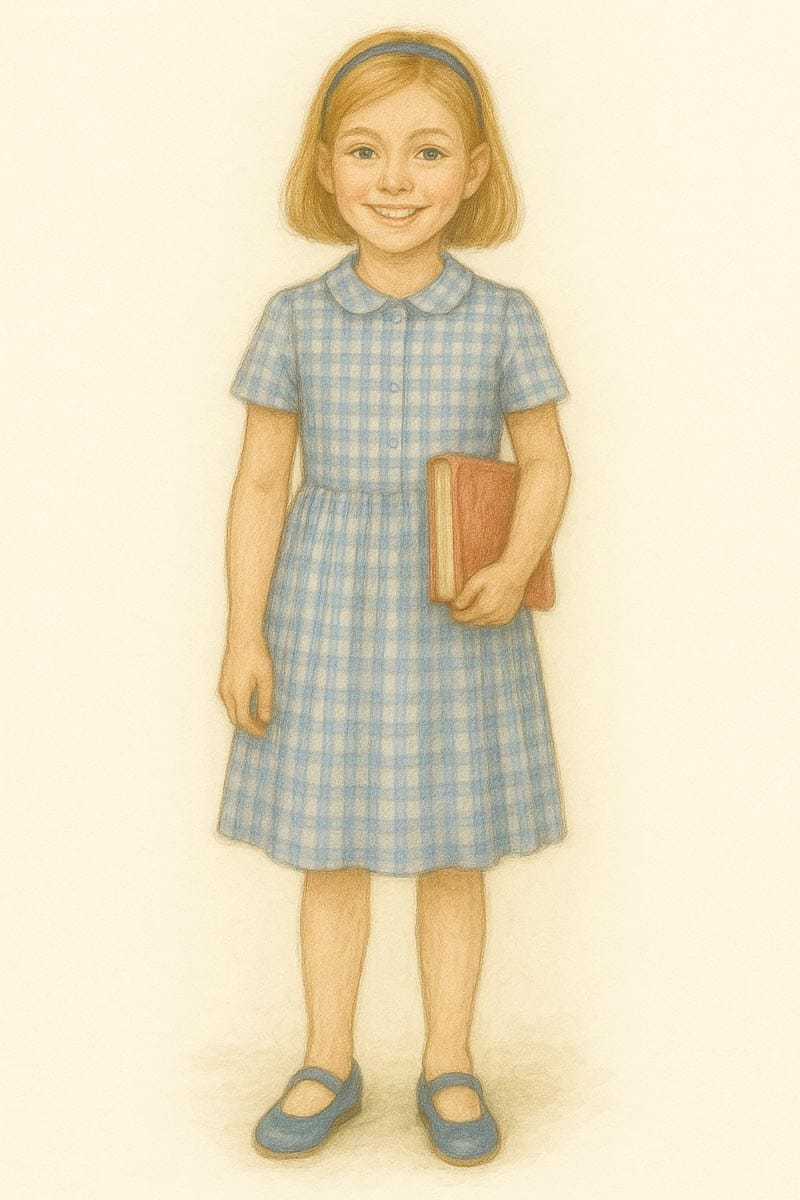
Alice (6 years)
Sam's older sister
Alice is a confident doer who's just discovering the joy of reading and writing. She creates stories, builds dens in the garden, and takes pride in mastering new skills like tying her shoelaces or making toast for breakfast. But she's also learning to navigate friendship drama and the ups and downs of school life.
When you follow Alice, you'll see the bridge between play and formal learning, resilience growing through challenges, and independence blooming with support.
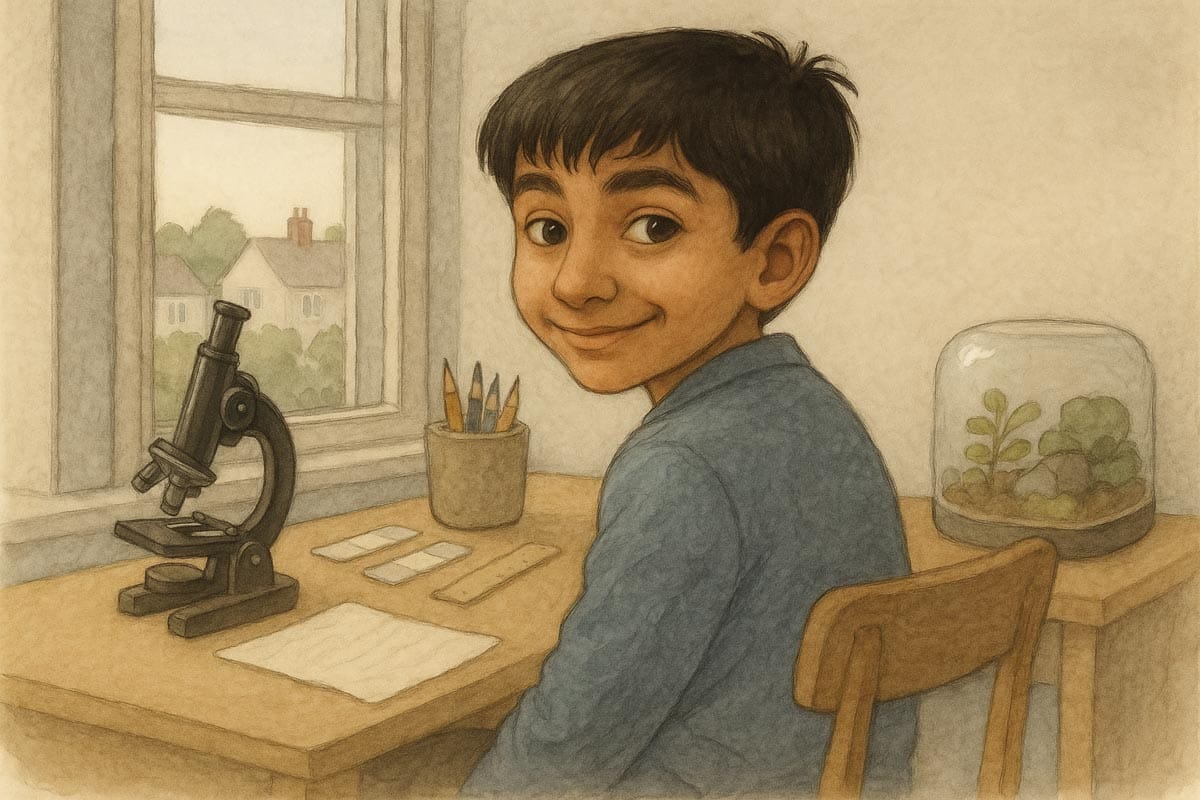
Raj (8 years 6 months)
Raj is precise, thoughtful, and endlessly curious. His interests run deep: birds, maps, electronics, the way things work. He leads the group when it comes to research projects and detailed planning. He journals, designs, and reflects. Sometimes he forgets to eat lunch because he's so absorbed in his treehouse blueprints.
When you follow Raj, you'll see sustained focus developing, critical thinking in action, and the joy of diving deep into passions.
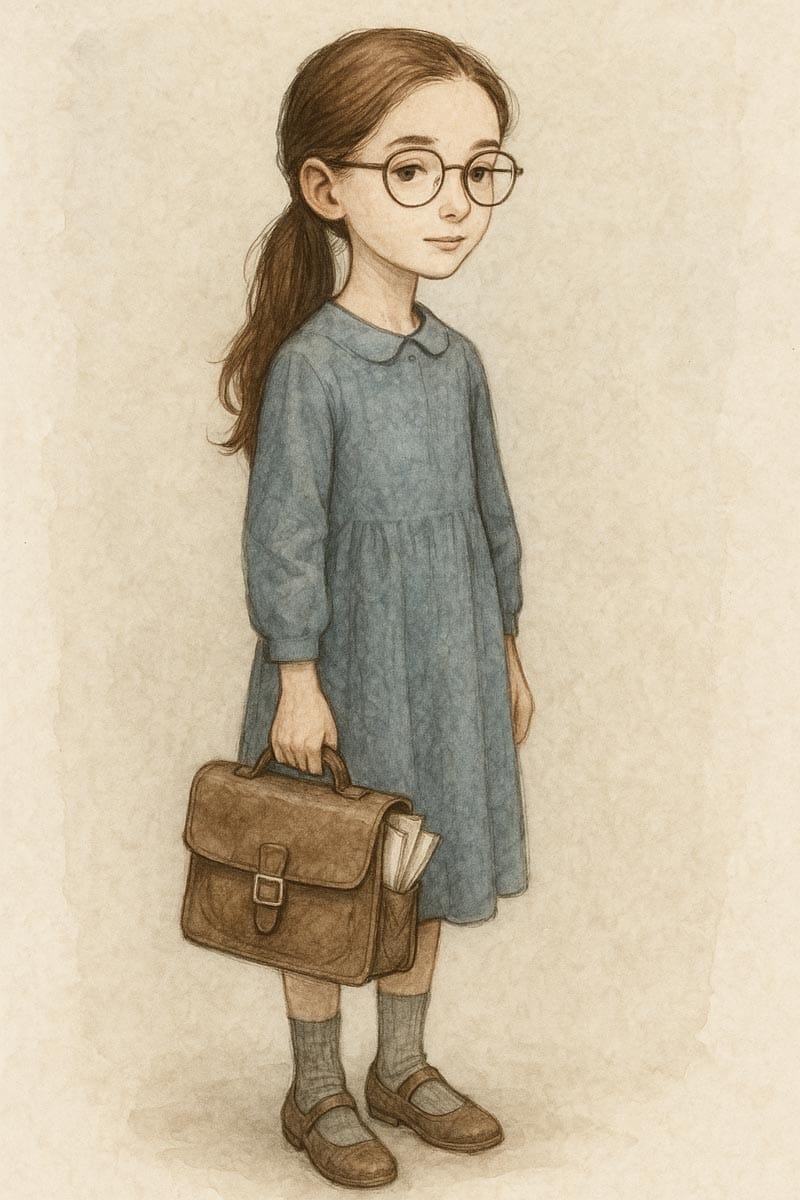
Daisy (11 years)
About to start secondary school
Daisy is confident, thoughtful, and ready for independence. She can manage complex friendships, advocate for herself when needed, and pursue her interests with sustained focus. She reads sophisticated novels, writes stories with her own voice, and takes responsibility for younger children in the neighbourhood. But she's also still a child who loves building dens and collecting smooth stones from Walker Brook.
When you follow Daisy, you'll see the culmination of all those early developmental foundations - and catch a glimpse of the capable young person your child is becoming. Daisy is at the end of her StoryChild journey. She leaves Waterfall School in July, and while we'll still see her around Elmwood, we won't follow her development after that. Like the circle of life, there will be a new baby born who comes in as Daisy departs, so that we always have six main children to guide you.
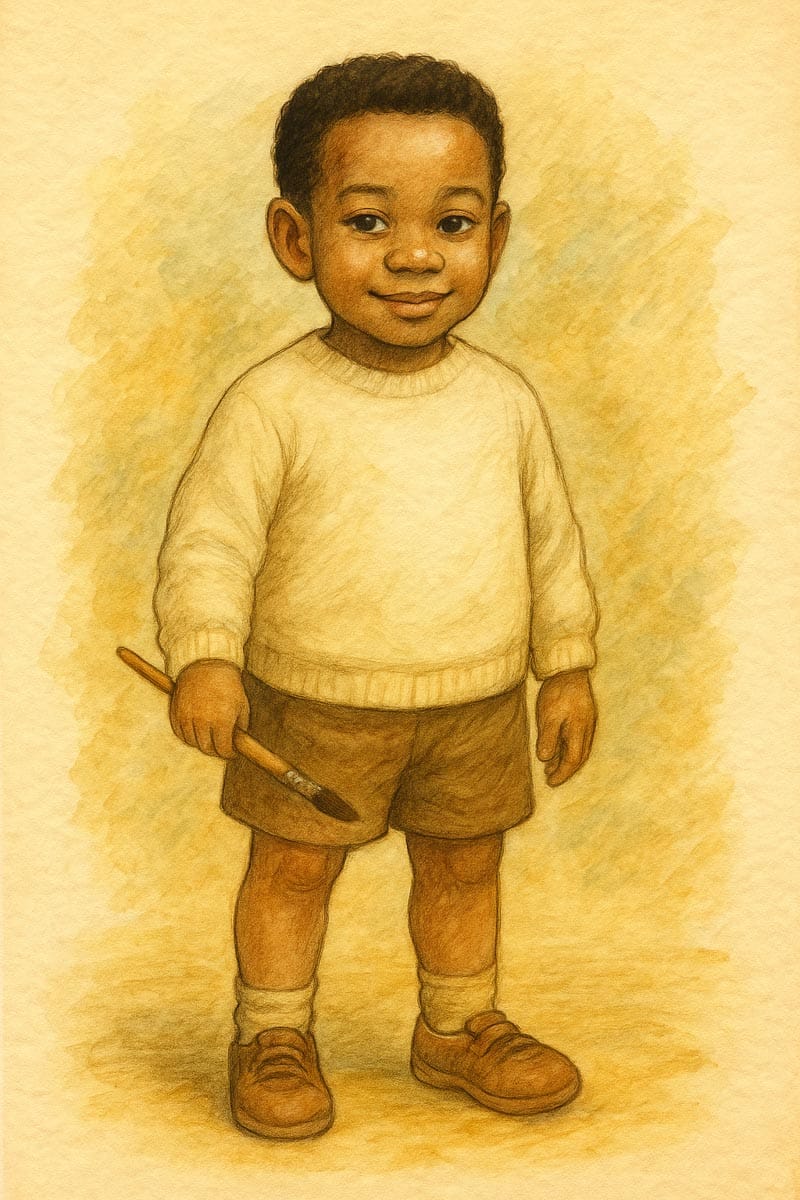
The wider community
These six aren't the only children in Elmwood. Each has friends whose stories reflect different paths through the same developmental stages:
- Juliet is Alice's best friend, a creative soul whose dyslexia means her literacy journey looks different but no less rich.
- George is Sam's best friend, a summer-born boy just starting to find his voice in group play.
- Clara speaks two languages at home and delights in bending the rules of both.
- Alex has ADHD, which means his play is full of bursts, tangents and intensity - but also dreamy reflection and surprising insights.
These characters help us explore the beautiful variety of how children grow. Not everyone fits the same template, and that's exactly the point.
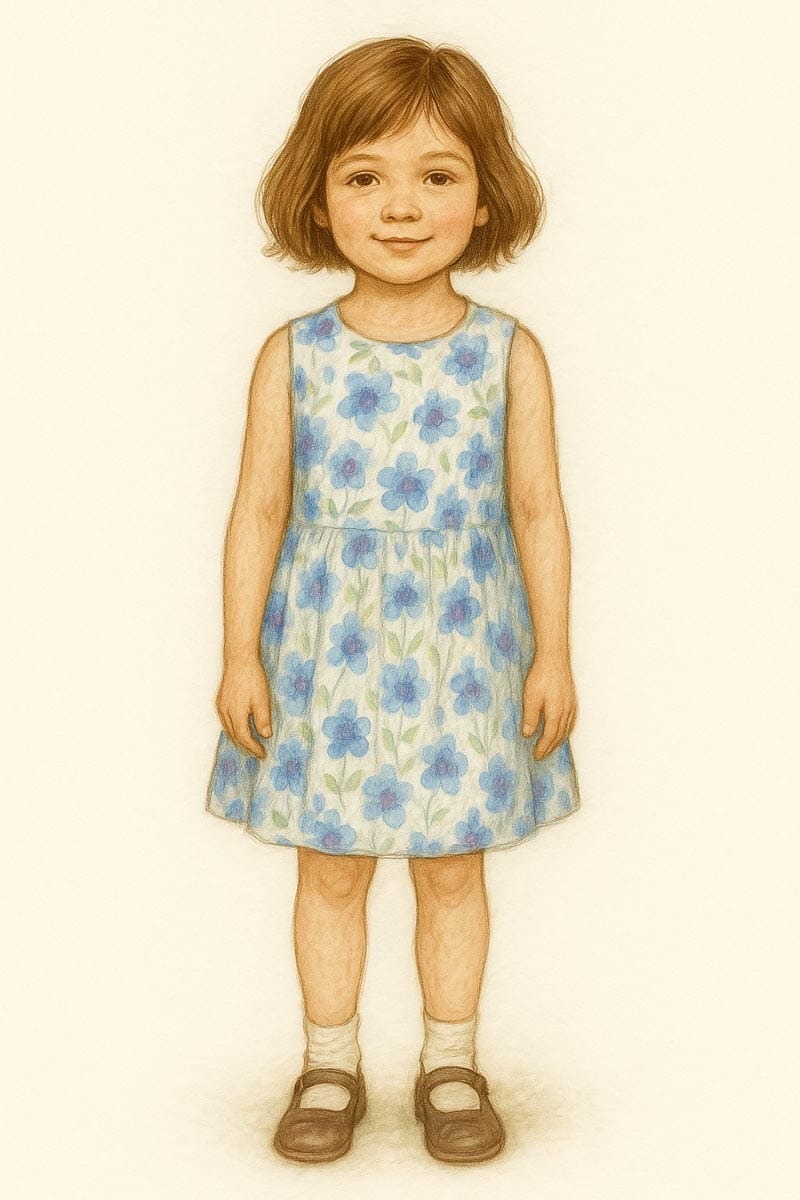
Where to begin
Start by choosing your child’s Elmwood companion. You can follow just one or many. And you can switch as needed. It’s not set in stone. Every email and every article sits as a permanent resource on the website, a library of all things play and development from birth to eleven.
Each week, you’ll receive:
- A roundup email linking to all the latest posts, across a spread of ages.
- Bonus articles taking a deep dive into the theory, for those of you keen to understand the force behind your child’s play.
- Nudges, habits and Play Tools to make play inevitable.
- A glimpse ahead at what’s next
Elmwood is more than a framework. It’s a mirror. It helps you notice, remember, and respond with empathy. Because when you understand the journey, you parent with confidence.
Over time, we'll weave in other children's stories when there's something they can teach us. An exceptionally bright girl who is bored and disruptive at school, a dyspraxia boy who gets back on track with the help of an occupational therapist. I'll be guided by you. Leave a comment below or drop me an email. Which children would help you get the most from Elmwood?
Happy playing!
Alexis

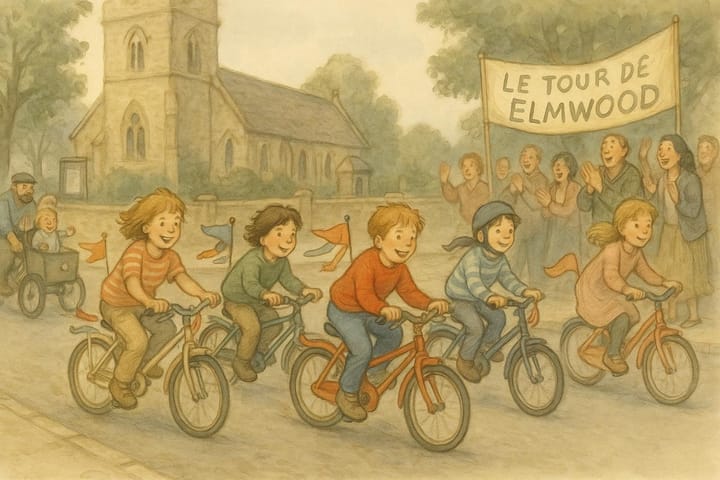
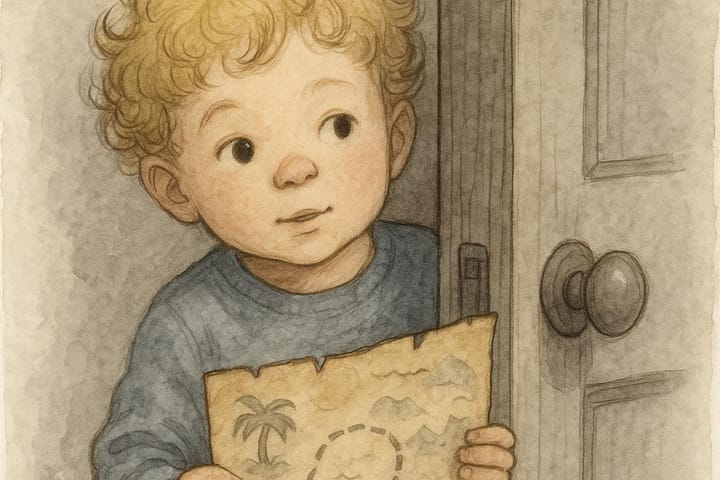
Comments ()